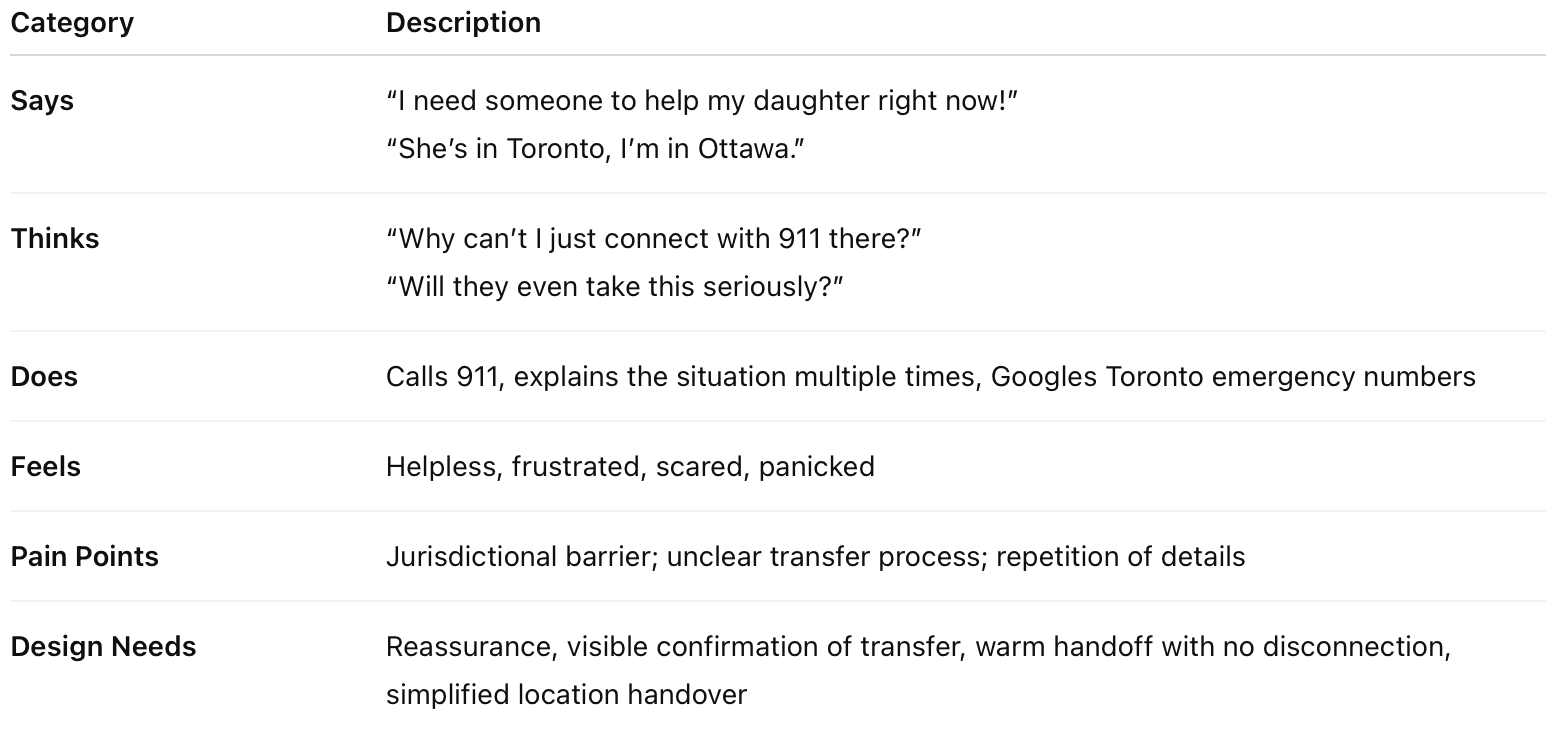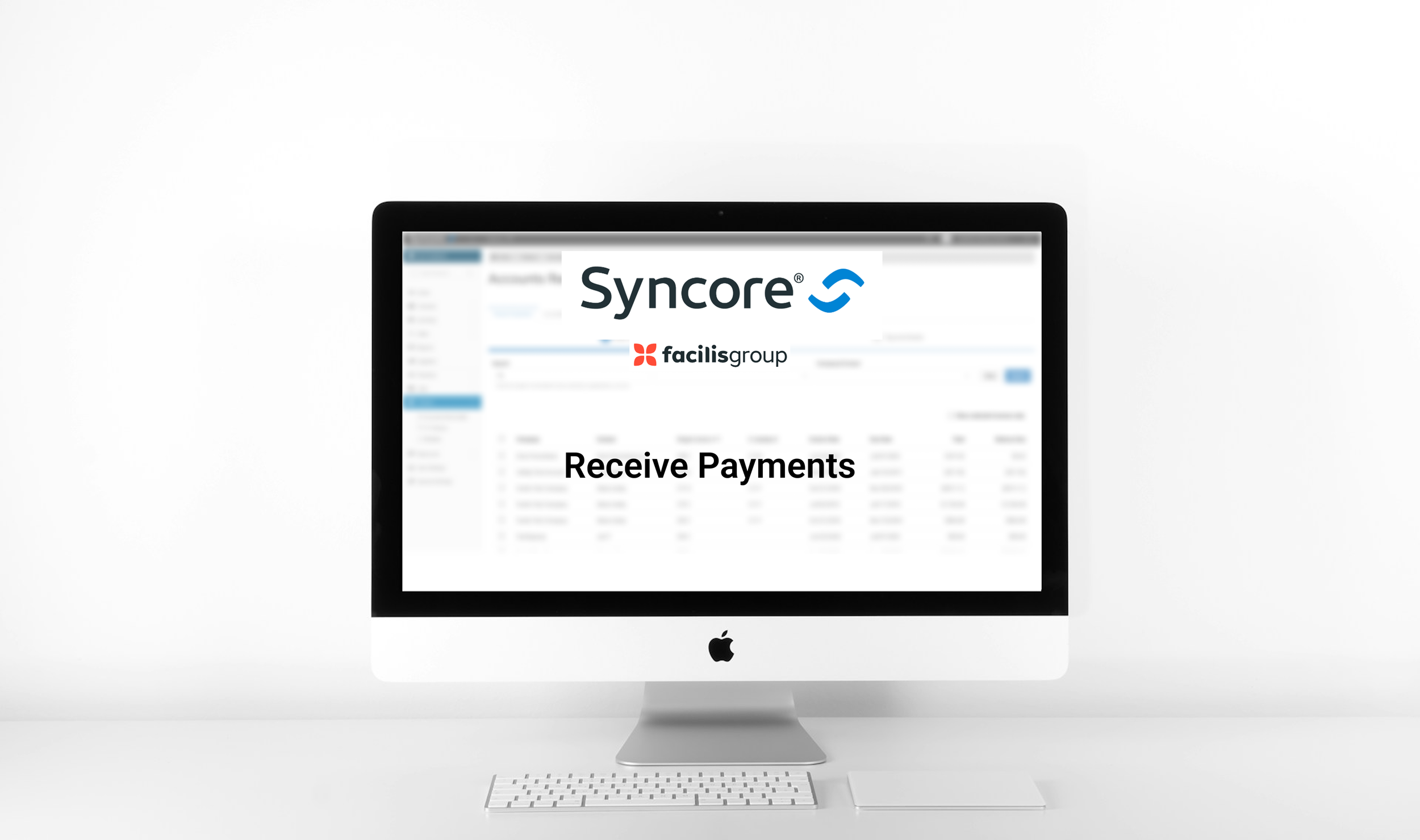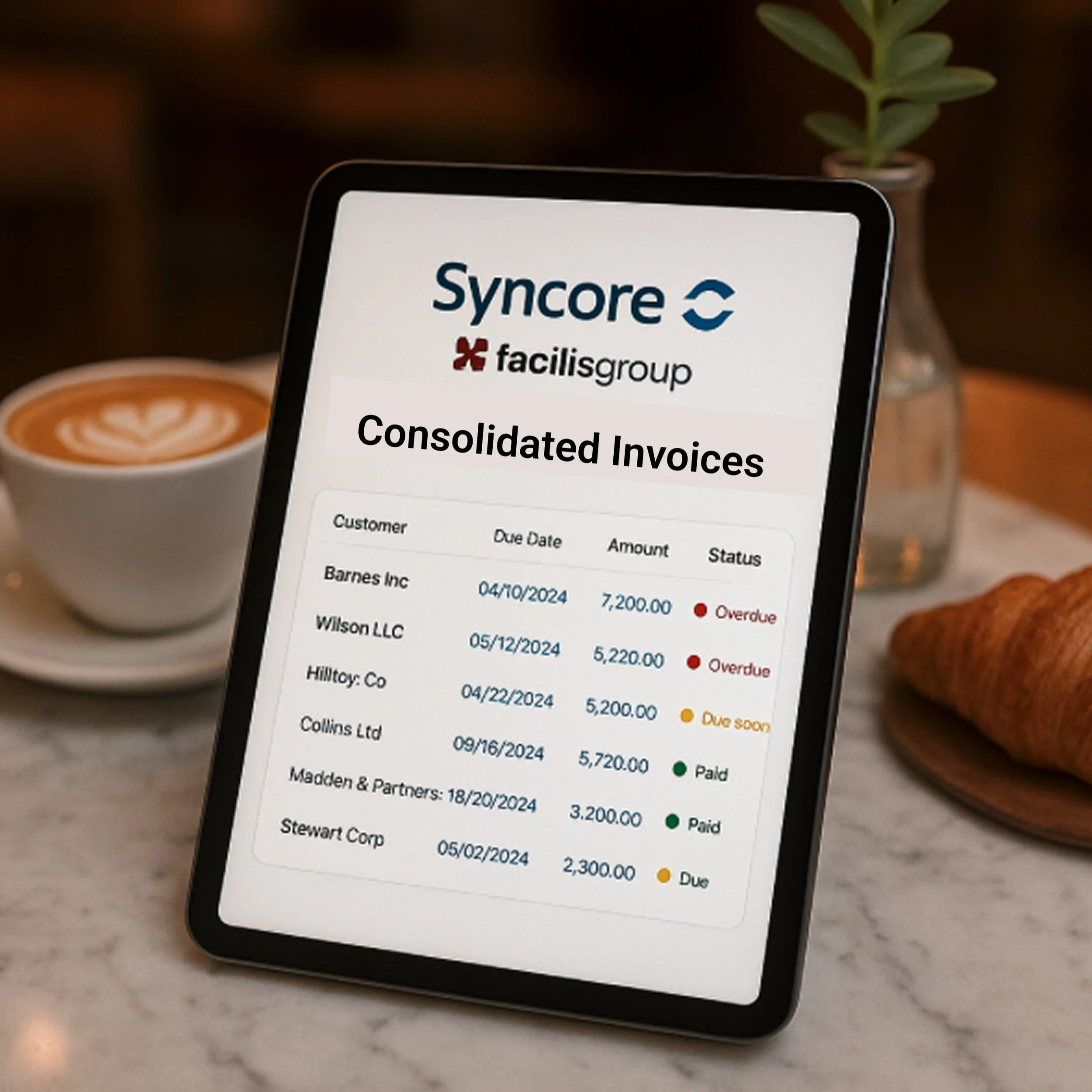Improving Emergency Call Experience
9-1-1 Caller-Side Interface Redesign
Role
UX/UI Designer
Duration
Q1 2025
Feature
911 Call System
Tools
Figma, Zoom, Milanote, Hotjar
Context
Canada’s 9-1-1 system is overseen by the Canadian Radio-television and Telecommunications Commission (CRTC) and relies on legacy analog infrastructure to route emergency calls to local Public Safety Answering Points (PSAPs). While effective within jurisdictions, it struggles with cross-regional emergencies.
A critical incident in 2023, where Ottawa resident Michael Wood was unable to get timely help for his brother in Toronto during mental health crisis, exposed this limitation. Due to the inability to transfer 9-1-1 calls between jurisdictions, Wood experienced delays exceeding two hours when contacting Toronto's non-emergency line. His advocacy led to the adoption of the call transfer system in Ottawa in late 2023, resulting in over 749 successful transfers in its first year.
However, this upgrade remains rare - only Calgary, Nova Scotia, and Waterloo currently offer similar functionality in Canada.
The date for transitioning to NG9-1-1 (Next-Generation 9-1-1) system is planned by March 2027 in Ottawa. This will allow to support IP-based communication (voice, SMS, images, video, location sharing) and requires thoughtful, user-centered interface design across all devices.
Before
After
The Problem
Canada’s current 9-1-1 system cannot reliably support emergencies that cross city or provincial boundaries. Most dispatch centers lack the tools to transfer calls, leaving callers to manually contact non-emergency lines causing critical delays, confusion, and emotional distress.
The system also fails to meet modern user expectations for clarity, responsiveness, and accessibility. Both callers and dispatchers are left without feedback, control, or transparency during the emergency experience.
A seamless, modern NG9-1-1 interface built for stress, mobility, and digital communication is urgently needed.
Goals
Create a clear, modern, emotionally aware emergency call experience
Design for accessibility and emotional stress (minimal interaction, high clarity)
Add digital interface elements that communicate next steps, even in audio-only environments
Explore future state: text, photo, and video support via Next-Generation 9-1-1 (NG9-1-1)
Research
1. Primary User Pain Points
Users didn’t know where their 9-1-1 call would be routed
Callers couldn’t reach emergency services outside their city, despite being emotionally distressed and urgently needing help
The mental model of "9-1-1 connects me to help instantly" was broken
Zero digital feedback or visibility — users had no interface or cues to show call routing, transfer status, or jurisdiction limitations
2. Stakeholder Interviews
Emergency dispatchers confirmed they lacked digital tools to reroute calls to other cities
Many PSAPs worked in analog-only environments, limiting UI/UX design possibilities
Calgary and Nova Scotia had early prototypes of cross-PSAP routing systems
3. Empathy Mapping
Mapped scenarios for the three emergency call scenarios with empathy quadrants: Says, Thinks, Does, Feels— plus identified Pain Points and Design Needs for each persona:
Parent Calling 9-1-1 for a Child in Another Province
Friend Watching Overdose While Traveling
Elderly Person Unable to Describe Location
This exposed UX needs beyond technical routing: we needed to design for clarity, calmness, and fast resolution.
Shared UX insights across all scenarios:
Emotionally heightened states require non-linear UI flows and clear audio feedback
Trust-building through calm, empathetic dispatcher scripts
Automatic location sharing, minimal touch interfaces (voice-first or voice-only), and instant call-routing visibility are essential
Warm transfers with status updates (e.g., “Connecting you to Toronto emergency responders now… please stay on the line”) reduce panic and uncertainty
Parent Calling 9-1-1 for a Child in Another Province
Friend Watching Overdose While Traveling
Elderly Person Unable to Describe Location
4. Journey Mapping (Before & After)
Visual Design
While the system is audio-based, I explored interfaces for:
Caller-side future interface (for NG9-1-1): dynamic feedback like “Transferring to Toronto emergency services”
Accessibility-first UI mockups for a mobile NG9-1-1 app (future vision) with:
adding SMS
photos
location maps
video
Low-fidelity paper prototypes were created to visualize caller-side interface, ensuring clarity and ease of navigation.
I conducted usability testing using my low-fidelity paper prototypes with 8 users.
Caller-side future interface paper prototype
Four main important conclusions from the usability testing:
Participants described the feature as intuitive and easy to use.
It was not clear for some participants where is video call option.
Some participants were unsure how to minimize the screen during the call.
Participants liked the dynamic feedback on the screen “Transferring to Toronto emergency services from Ottawa emergency services”.
Final Prototype
Clickable prototype created in Figma
After receiving users’ feedback from usability tests I started creating a clickable prototype in Figma. I focused on issues brought up by the participants of the usability tests:
I created an “minimize” icon in the top left corner to exit the screen.
I made sure to select actions buttons which were most important for users during the call: speaker, video call, mute, add call, add SMS and more.
I also created an “End” action button in the middle of the screen for easy way to finish call.
During the creation of a clickable prototype, I followed the iOS Human Interface Guidelines to maintain consistency throughout my design.
* * * *
This case study focused primarily on user research and a proposed visual concept for the future caller-side NG9-1-1 interface, rather than a full interface design. My goal was to deeply understand the current issues within emergency calling systems, explore the real needs of users in high-stress situations, and identify design opportunities that could significantly improve the overall experience.












